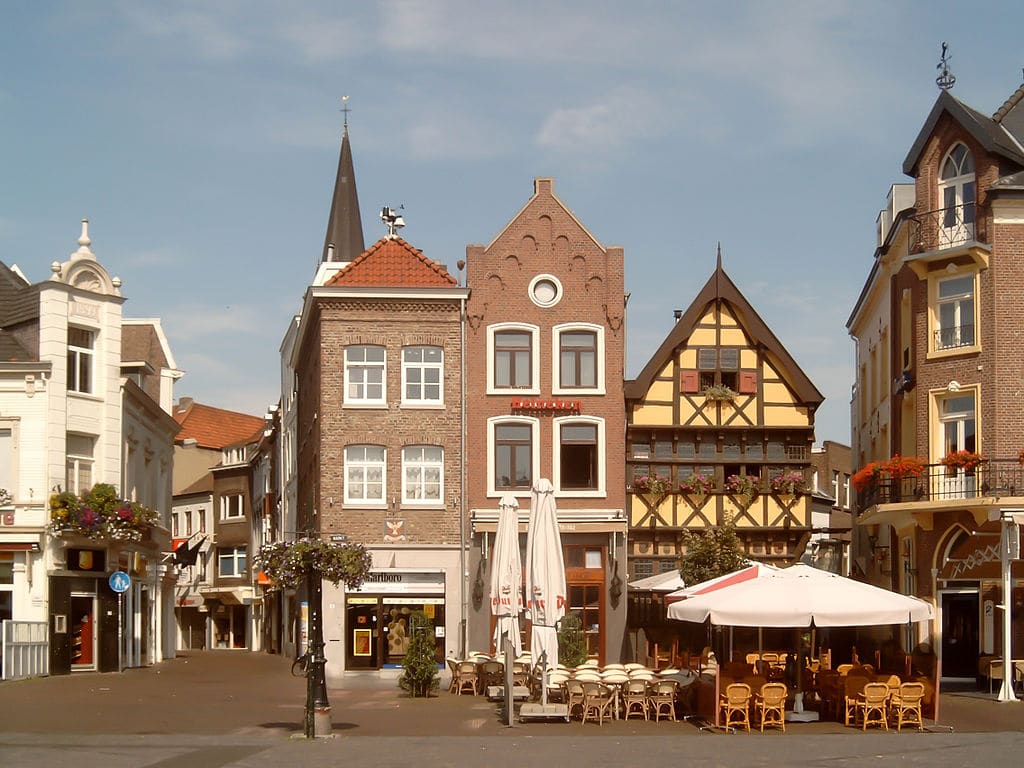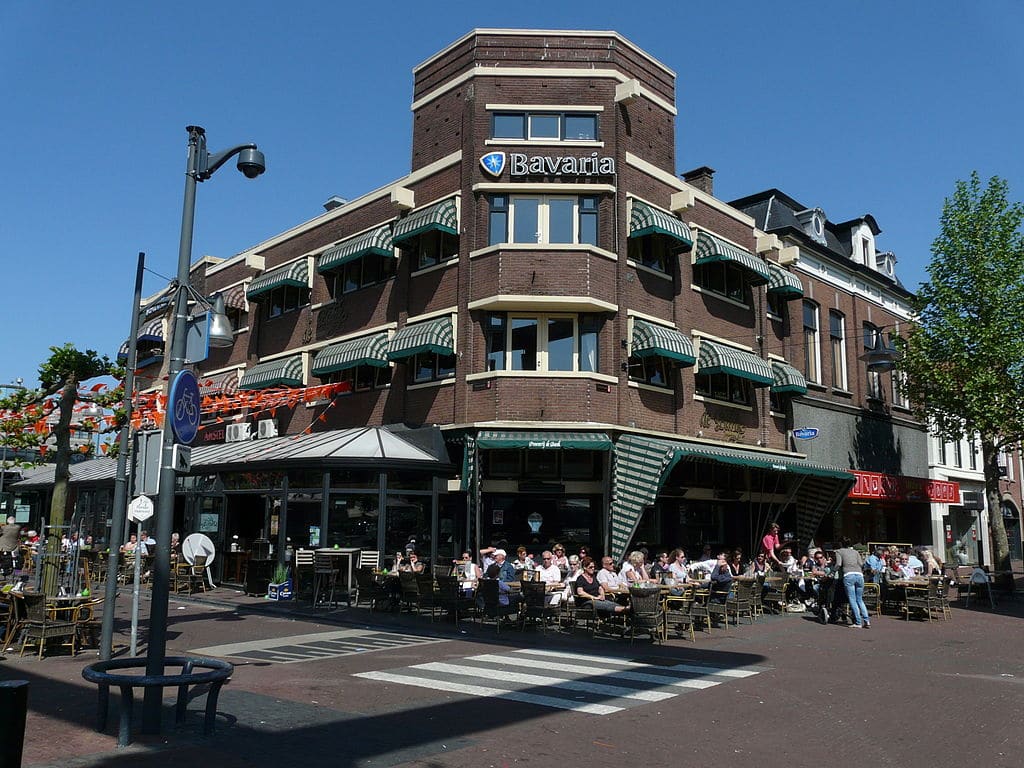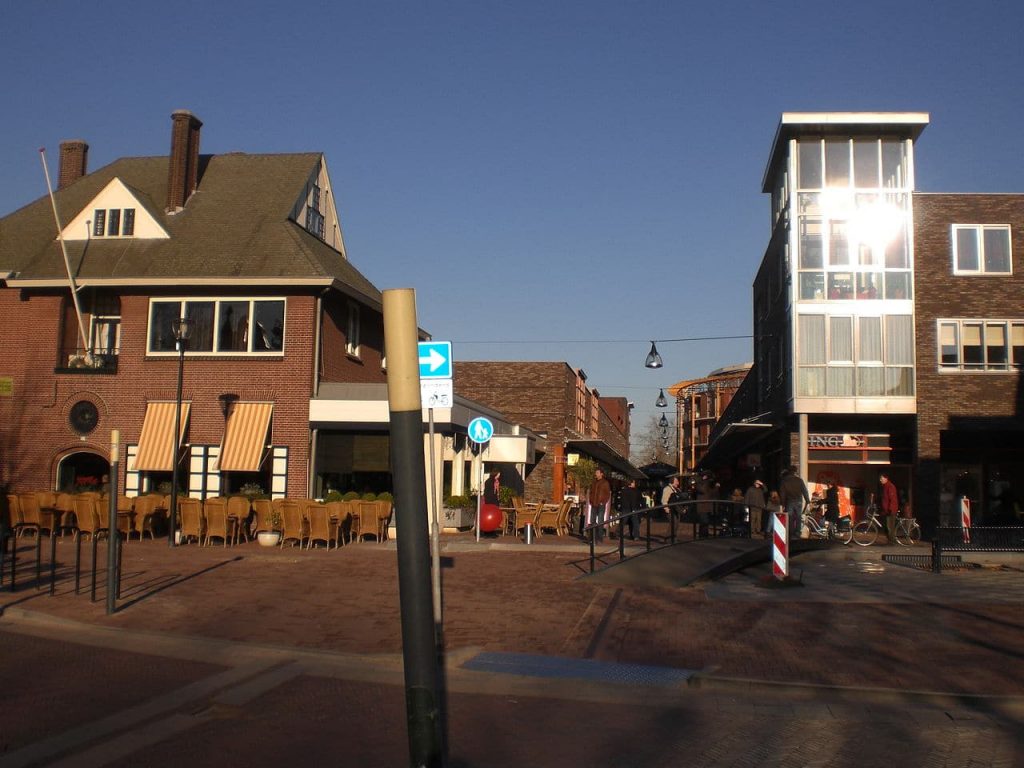
The city of Sittard is located in the Dutch province of Limburg, which is the southernmost province in the Netherlands. Sittard shares its eastern border with Germany, and is located about 45 meters above sea level at its city center. As a result of its close proximity to Germany, many of the residence speak not only Dutch, but also German fluently. In this respect, Sittard is truly a blend of numerous European cultures living together peacefully.
Early History
The earliest settlements in the area of Sittard have been dated as early as 5000 B.C. However actual settlements of the present day city did not take place until approximately 850 A.D. History says that the name of the city may have actually been given to it by Charlemagne. Others argue that the name came from the fertile nature of the land.
The Duke of Limburg is said to have granted the city its “city rights” in 1243. The 15th through the 17th centuries saw much conflict and war in the area and Sittard was destroyed by multiple fires and rebuild a number of times.
Sittard in WWII
In the years prior to the war, there was a large population of German Jews that had moved to the Netherlands to escape the rise of the Nazi Party. However, as with most other cities in Holland, the German forces occupied Sittard during the Second World War. Most of the Jews were then deported to concentration camps. The 2nd Armored Division finally liberated Sittard in September of 1944. Although the city was on the frontline of the conflict for nearly four months, the historic structures within Sittard somehow avoided being destroyed.
Following the War, Sittard quickly recovered and many of its neighborhoods were constructed in the years after the conflict.
Mining in Sittard
Part of the economic engine that drove Sittard’s recovery and growth was the coal mining industry, which had actually begun in 1926. Prior to coal, the main source of income had been agricultural. However, with the move toward “Green” energy, the coal mines were eventually closed down in the 60’s and 70’s. Industrial terrain and numerous large office buildings now cover most of the areas.
Sittard Today
Although the city of Sittard has continued to grow with the years, it has maintained its connection with its history. Many of the buildings in existence still today are indicative of the 16th and 17th centuries. Of special note are the following buildings:
-Saint Peter’s
– Saint Michael’s
– Our Lady Basilica
Though the city is quite modern in many ways, the original city walls, built in the 13th century, is still visible in many places throughout the city.
Summary
Although a little out of the way, Sittard is definitely worth a visit if you are in the area. The city can be accessed my major motorways, rail and even bus. If you are not traveling far, you might even be able to ride a bicycle into the city. Whatever mode of transportation you choose, Sittard is an important city to visit on your tour of Holland, and one that will truly capture you heart.


